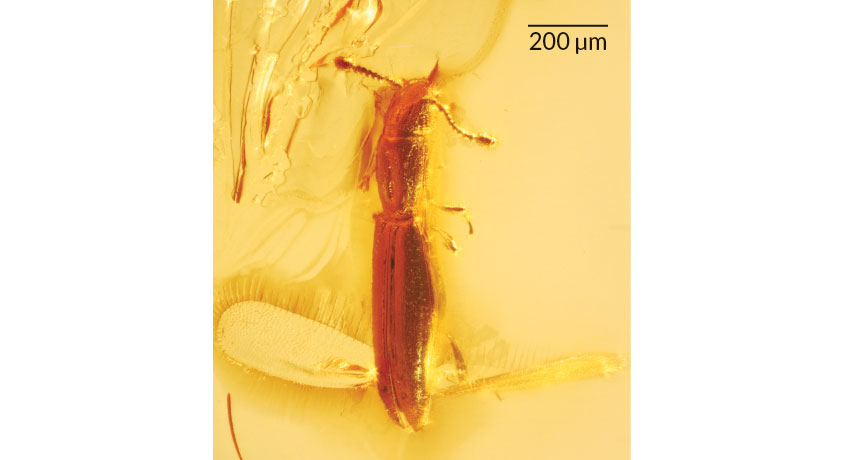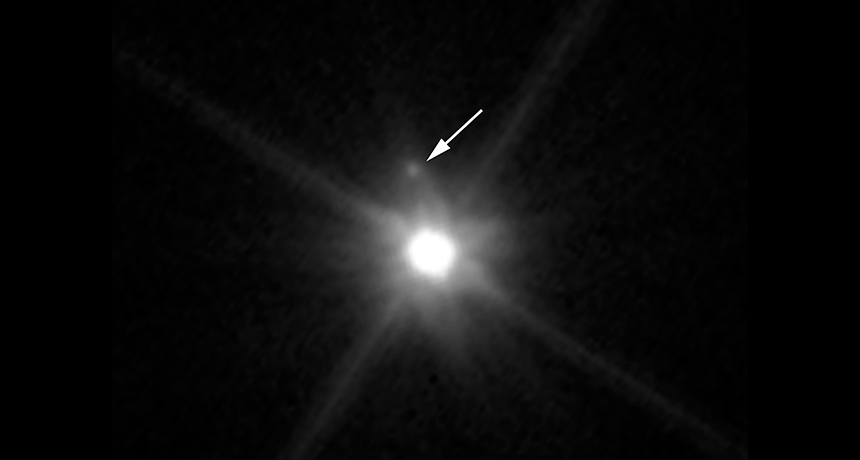Findings on wobbly memories questioned

Some researchers believe that when memories are called to mind, they enter a fragile, wobbly state during which they are vulnerable to being weakened or changed. One way to erode old memories is to learn something new just after recalling the older memory, scientists reported in 2003 (SN: 10/11/2003, p. 228).
But that result itself is wobbly, scientists report April 25 in the Proceedings of the National Academy of Sciences. In an attempt to replicate the original finding, experimental psychologist Tom Hardwicke of University College London and colleagues didn’t see any memory alterations in people who learned a new sequence of finger taps shortly after recalling an old sequence. Nor did the researchers turn up signs of this memory interference in other tests.
The new study focused specifically on new learning, but the findings cast suspicion on the legitimacy of other ways to interfere with people’s memories, Hardwicke says. Approaches such as brain stimulation or drugs might also be flawed, the researchers argue.

